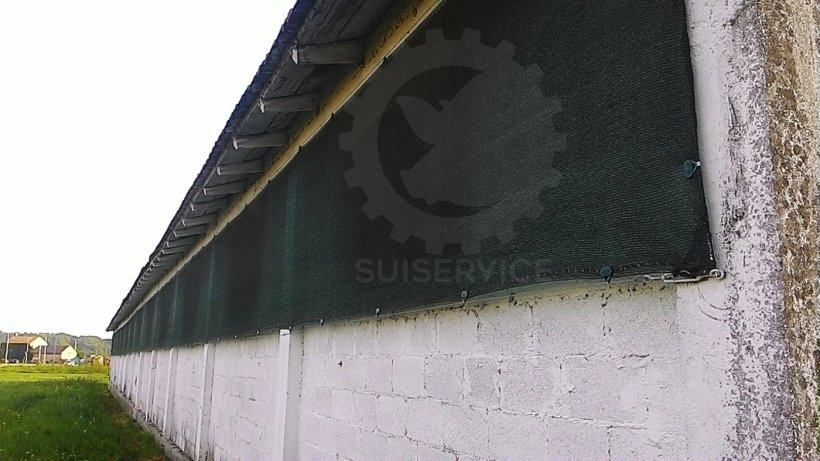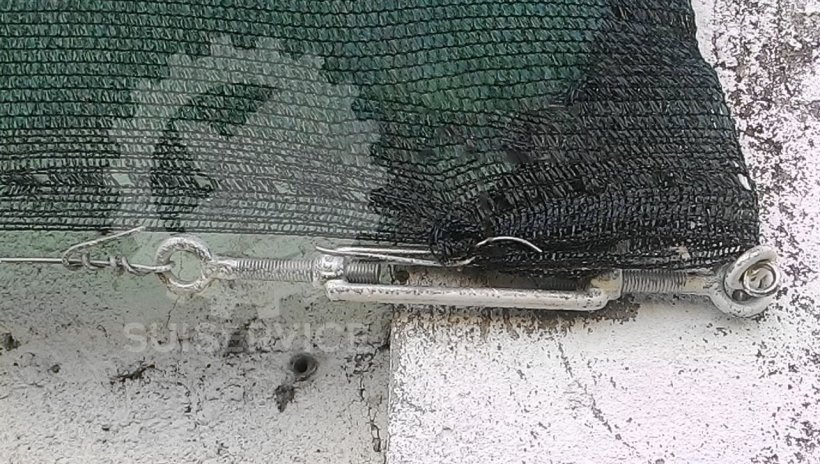Managing air circulation inside the barn is very important: each animal needs a certain airflow, usually expressed in m3/h.
This hourly circulation depends on the age/weight of the animal and the season of the year: in the winter they need minimum ventilation so as not to lower the environmental temperature too much and in the summer they need maximum ventilation to keep the temperature within acceptable levels and allow the animals to cool down.

The table shows the requirements/head according to live weight:
| Mechanical ventilation requirements (m3/h) | ||
|---|---|---|
| Live weight (kg) | Minimum ventilation | Maximum ventilation |
| 5 | 3 | 6.5 |
| 10 | 5 | 13 |
| 15 | 7 | 19.5 |
| 20 | 9 | 26 |
| 25 | 11 | 32.5 |
| 35 | 13 | 35 |
| 55 | 15 | 55 |
| 75 | 19 | 75 |
| 100 | 23 | 100 |
| 120 | 23 | 120 |
| 140 | 25 | 140 |
| 160 | 28 | 160 |
These tables are often used for programming the control units that manage the rooms with forced ventilation, especially during the weaning phase, when piglets are very sensitive to climatic fluctuations.
Often, pathologies arising at this stage are triggered or aggravated by improper management of the environment, as pigs are very sensitive to air drafts In fact, if the air speed at piglet level exceeds 0.15-0.20 meters per second (when it is cold), it can easily influence the appearance of respiratory or intestinal pathologies.
A draft inside the building can have several origins: fans that are set too high, incorrect management of the air intake openings, incorrect design of the air exchange system, incorrect control unit programming, etc.
Finally, do not forget the effect of the wind (and, consequently, the orientation of the building) on the windows. If a window is not "protected" from the wind, it may allow too much air to pass into the interior at too high a velocity.

In this case, the solution adopted by this farmer mitigates the effect of wind on the windows, whether we have forced or natural ventilation.
Two parallel braided steel cables are fixed above and below the windows along the entire length of the building, equipped at the ends with a tensioner to keep the fabric taut.
A low-cost "windbreak" curtain, which can be easily purchased at an ag supply store, is attached to these cables by means of special clamps.


Cable tensioner to keep the fabric taut.
The fabric, tightly stretched, is able to limit the gusts of wind that would disturb the animals.
If more air is needed, small wooden boards are placed between the wall and the lower wire to allow the fabric to separate from the wall and facilitate the entry of air.


Wooden board that moves the fabric away from the wall to allow greater ventilation.


